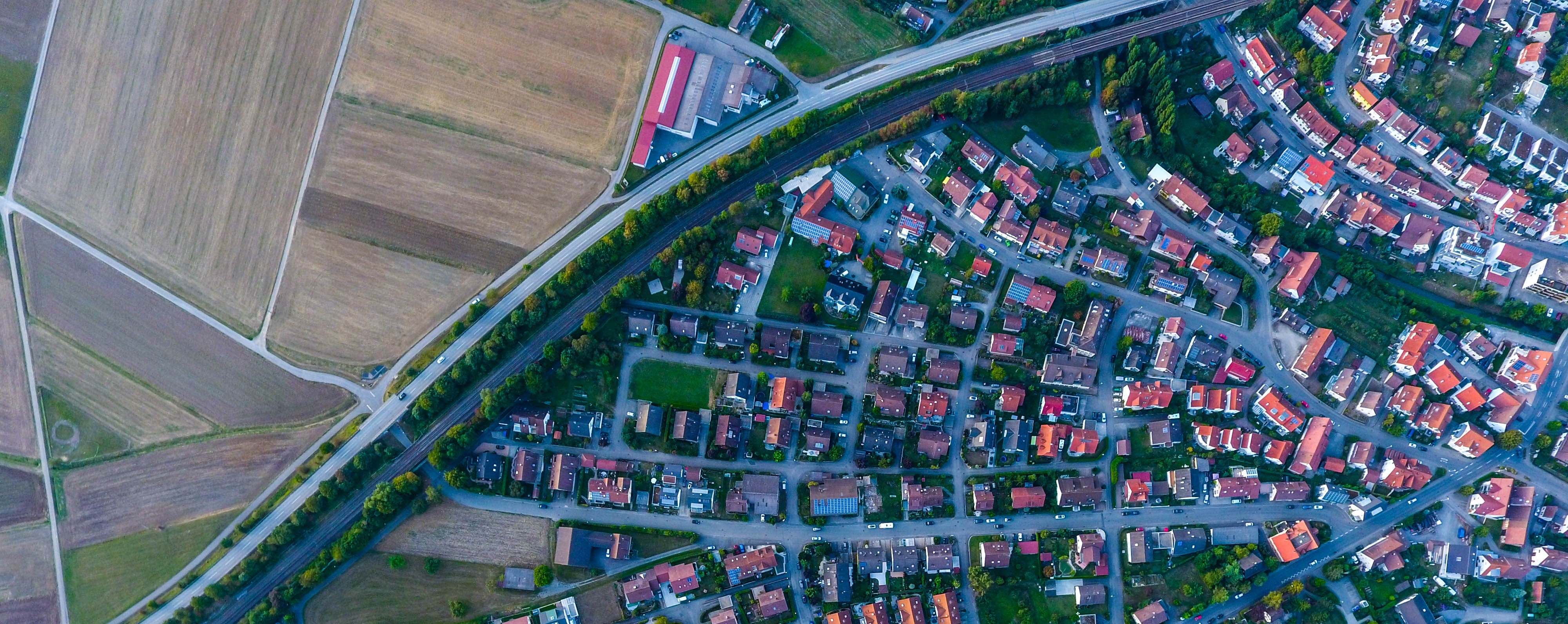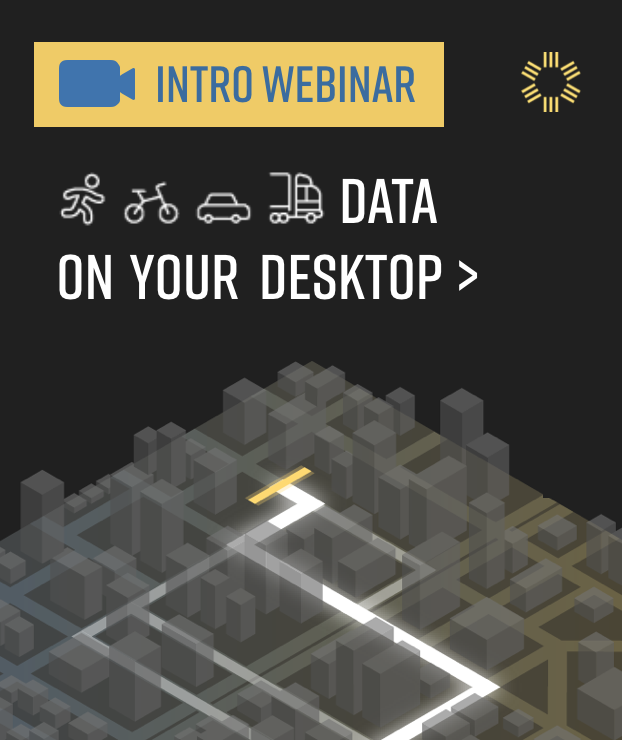
Like most transportation engineering professionals, my graduate school studies were filled with learning about optimizing traffic flow: In other words, how can we move the most vehicles as fast as possible? We were even given equations to understand how to maximize volume and speed.
Fast forward a few years and I am living in the heart of Atlanta, Georgia, a city that has worked hard to maximize volume and speed on its roadways. One day, while walking through traffic to my neighborhood grocery store, I started thinking back to my graduate school days. Even though I could have driven to the store quickly on the Atlanta roads, I preferred to walk. I realized that good planning involves a lot more than just vehicular volume and speed. Transportation is sometimes more complex than I was taught.
Aligning Transportation and Land-Use Goals
On that street in Atlanta, I realized that transportation problems sometimes require additional context to fully understand and solve them. For example, those equations I learned in graduate school didn’t teach us that a person is more likely to walk next to a 25 mph roadway than a 35 mph one. Or that someone living in a high walkability area will drive fewer miles in a day. Or even how to identify and quantify something like “high walkability.”
When transportation experts step back to look at the bigger picture, they need to know how transportation fits into the greater issue of land use.
From my perspective as a solutions engineer at StreetLight, part of contextualizing transportation’s larger problems comes down to data, and how it’s used. Transportation engineers and planners often work together on big projects, but use different data to analyze and understand the issues. This can create misaligned goals and objectives — for example, a transportation expert may be looking at land use from the perspective of making streets safer, when a city engineer may be studying how to make them faster.
How to Study Larger Planning Issues
Instead, how about contextualizing larger transportation goals and objectives within land-use frameworks? We could study questions like:
- How fast are people driving around school zones?
- Are people living in walkable areas traveling less to get to their destinations?
- Where is the best location to place bike infrastructure to connect residential areas with work destinations, while avoiding high level-of-stress routes?
Without easy tools to visualize both transportation and land-use data, these questions often end up with varied answers. Or they’re simply left unanswered.
Expand the Data Set for Answers
At StreetLight, we want to enable this bigger picture, and help both planners and transportation experts understand more than just the transportation piece of the mobility puzzle. We want to give land-use planners the ability to contextualize transportation metrics.
To do this we have partnered with UrbanFootprint, the leading software platform for sustainable city design and urban planning. UrbanFootprint understands the power that planning and mobility decisions have to affect a community’s overall livability, along with its fiscal, environmental, and public health.
StreetLight and UrbanFootprint have come together to ensure that planners can get the most out of combined transportation and land-use data.
Our transportation data is now helping support UrbanFootprint’s planning platform. This means planners can now analyze a project with the most valuable transportation data in the industry.
As always, StreetLight stands ready to support in-depth mobility analysis with our on-demand transportation metrics. But for larger planning issues that require contextual data, we are excited to bring mobility context to UrbanFootprint’s extensive data and planning toolset.

